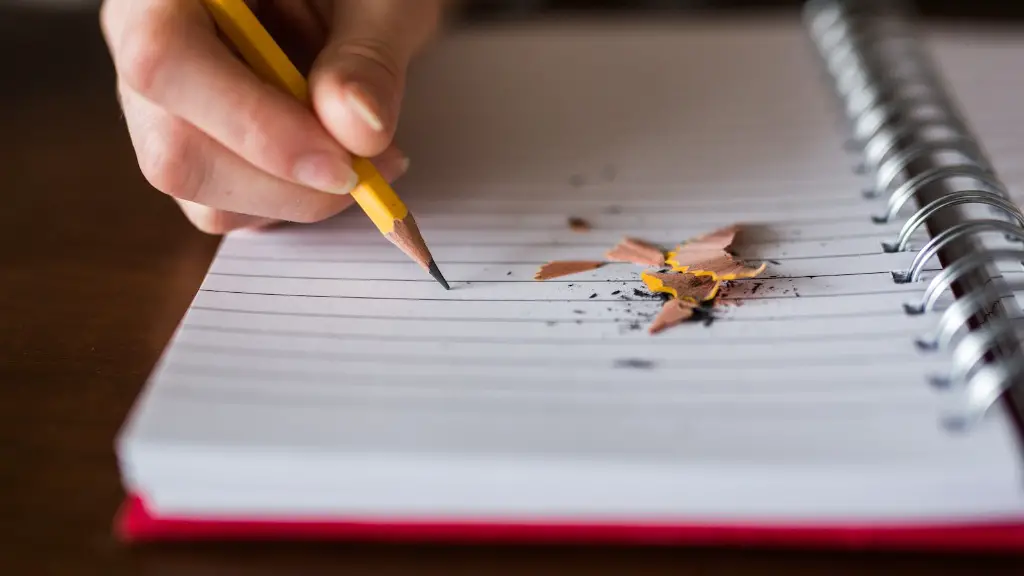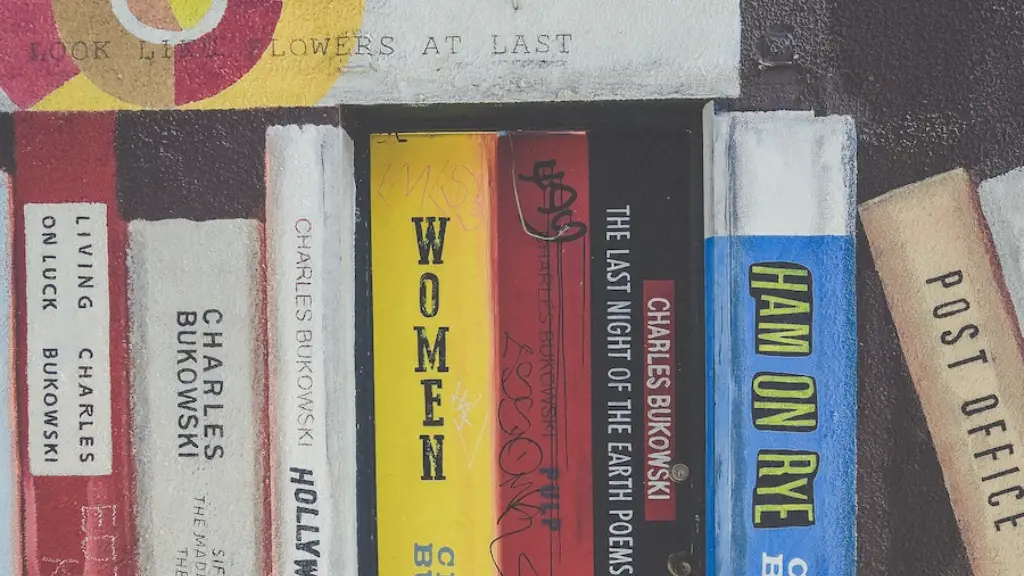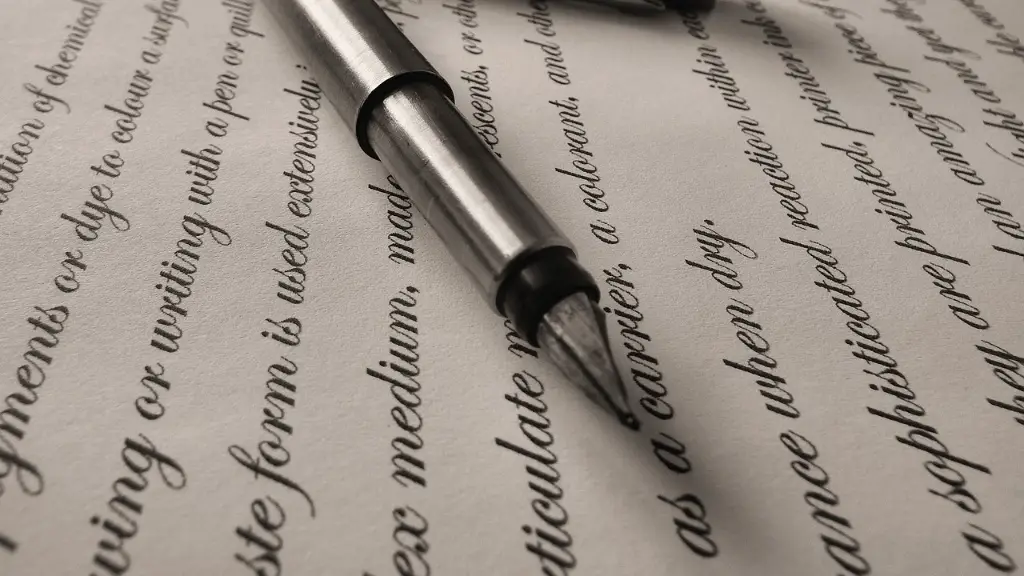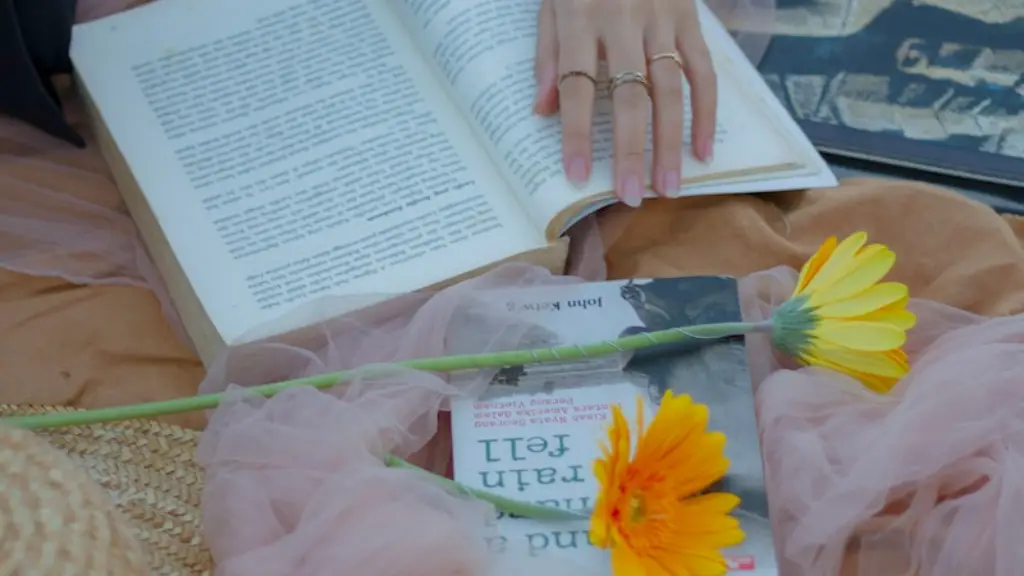Definition of Repetition in Poetry
Repetition in poetry is the use of identical or repeated words or phrases throughout a poem. The repeated words or phrases create a rhythm, which can be soothing for the reader. Repetition can be used to draw the reader’s attention to a particular point, to convey meaning and emotion, or to create a sense of rhythm. Repetition can be found in both rhyming and non-rhyming poems. It is often used to emphasise the themes and ideas of a poem, as well as to create a stronger emotional response in the reader.
Types of Repetition in Poetry
There are two main types of repetition in poetry: internal repetition and external repetition. Internal repetition is when a poet repeats a particular word or phrase within the same line of a poem. External repetition is when a poet repeats words or phrases across different lines or verses of a poem.
Internal repetition is used to reinforce a particular point or emotion in a poem. It can also be used to create a rhythm, which can make the poem more enjoyable to read. It is often used to emphasise a theme or idea within a poem. For example, in Edgar Allan Poe’s ‘The Raven’, the word ‘nevermore’ is used a number of times to emphasize the idea of despair and loss.
External repetition is used to create or emphasise various patterns within a poem. It can help to draw the reader’s attention to a particular subject or emotion within a poem. It can be used to create emphasis and structure, as well as helping to create a certain rhythm in the poem. An example of external repetition can be seen in Walt Whitman’s ‘Oh Captain, My Captain’. The phrase ‘O Captain! My Captain!’ is repeated twice throughout the poem to create emphasis and structure.
The Effects of Repetition in Poetry
Repetition can have a powerful effect on the reader. Repetition is often used to convey a certain emotion or idea within a poem. It can also be used to create a rhythm, which can make a poem more enjoyable to read. Repetition can also create structure within a poem, which can help to draw the reader’s attention to a particular point or emotion.
Repetition can also evoke a feeling of connection or familiarity in the reader. As the same words or phrases are repeated throughout the poem, the reader can start to identify with the repeated words or phrases, creating a feeling of connection and familiarity.
Finally, repetition can help to create a memorable poem. By repeating certain words or phrases throughout the poem, the reader is more likely to remember the poem, as the same words have been used in a variety of contexts.
Examples of Repetition in Poetry
One of the most famous examples of repetition in poetry is in William Wordsworth’s ‘The World is Too Much With Us’. In this poem, the phrase ‘the world is too much with us’ is repeated three times throughout the poem, creating a feeling of hopelessness and despair.
In T.S. Eliot’s ‘The Love Song of J. Alfred Prufrock’, lines such as ‘In the room the women come and go/Talking of Michelangelo’, are repeated to create a sense of ennui and stagnation.
Finally, in William Butler Yeats’ ‘The Lake Isle of Innisfree’, the words ‘lake isle of Innisfree’ are repeated throughout the poem, creating a feeling of peace and calm.
The Importance of Repetition in Poetry
Repetition is an important poetic device as it helps to convey meaning and emotion. Repetition can also help to create rhythm and structure, as well as helping to create a feeling of connection and familiarity in the reader. As a result, poets often use repetition in their work to create an emotive response in the reader.
Repetition is also used to emphasise the themes and ideas of a poem. Through the use of repetition, poets can draw the reader’s attention to a particular point or emotion in the poem. As a result, repetition is an important tool for expressing meaning and emotion in a poem.
The Limitations of Repetition in Poetry
While repetition is an important poetic device, it can also be overused. Repetition can become tedious if it is used too often, or if the same words or phrases are used too frequently. Overused repetition can also start to feel unnatural and cliché, which may detract from the overall effect of the poem.
Furthermore, repetition should be used in moderation, as it can draw attention away from other important elements of the poem. When using repetition, it is important to ensure that other elements of the poem, such as structure and imagery, are not overshadowed by the repetition.
Employing Repetition in Poetry
When using repetition in poetry, it is important to remember that repetition should be used sparingly. Repetition should only be used when it is necessary to emphasise a certain point or emotion. It should also be used in moderation, as it can become overused and detract from other important elements of the poem.
When employing repetition, poets should also consider the overall context and meaning of the poem. For example, if a poem is about loss and grief, then repetition can be used to emphasise these themes. Similarly, if the poem is about joy or celebration, then repetition can be used to create a feeling of euphoria or happiness.
Exploring Repetition in Modern Poetry
Repetition is still used frequently in modern poetry. Contemporary poets, such as Rupi Kaur and Warsan Shire, use repetition to convey emotion, create structure and emphasise ideas. Kaur, for example, uses repetition in her poem ‘A City of Broken Dreams’, to emphasise the idea of longing and depression.
Similarly, Warsan Shire’s ‘home’ also utilises repetition as a tool. In this poem, phrases such as ‘no one leaves home unless home is the mouth of a shark’ and ‘you have to understand, that no one puts their children in a boat/unless the water is safer than the land’ are repeated throughout the poem to create a feeling of desperation and loss.
Considering Other Forms of Repetition in Poetry
In addition to using words and phrases in repetition, poets can also use other forms of repetition in order to convey emotion. For example, a poet can use alliteration, rhyme or assonance as a form of repetition in order to create a rhythm or to express a particular emotion.
For example, in Robert Frost’s ‘Stopping by Woods on a Snowy Evening’, Frost uses alliteration to create a soothing, peaceful atmosphere. He also employs alliteration to bring attention to particular words and phrases, such as “the darkness drops again”, emphasising the atmosphere of loneliness and isolation.
Alliteration, rhyme and assonance can all help to create a particular atmosphere or emotion in a poem. As a result, poets should consider the use of these poetic devices when creating poetry.
Exploring the Use of Repetition for Emotions and Meaning
When exploring the use of repetition in poetry, it is important to consider the overall effect that repetition can have on the reader. Through the use of repetition, poets can create a feeling of connection and familiarity in the reader. They can also create emphasis and structure, as well as creating a rhythm which can make a poem more enjoyable to read.
Furthermore, repetition can be used to convey a particular emotion or idea. Through the use of repetition, poets can draw attention to a particular point or emotion in the poem, creating a stronger emotional response in the reader. As a result, repetition is an important tool for expressing meaning and emotion in poetry.
Exploring the Use of Repetition in Other Literary Works
Repetition is also used in other literary works, such as plays, short stories and novels. For example, in plays, repetition is often used to create tension and emotion. In novels and short stories, repetition can be used to emphasise a particular point or emotion, or to create a stronger connection between the reader and the characters.
Repetition can also be used to create a certain atmosphere within a piece of literature. Through the use of repetition, authors can create a certain mood or atmosphere within their works, which can then help to draw the reader into the story. As a result, repetition can be a powerful tool in literature.
Exploring Repetition as a Poetic Device
Finally, it is important to consider repetition as a poetic device. Repetition can be a powerful tool in poetry, as it can help to convey a particular emotion or idea, as well as creating emphasis and structure. Despite its power, however, repetition should be used in moderation, as it can become overused and detract from other important elements of the poem.
When using repetition in poetry, it is important to consider the overall context and meaning of the poem. By doing so, poets can ensure that repetition is used to express the desired emotion or idea. Repetition can also be used to create a rhythm and structure which can make the poem more enjoyable for the reader.



